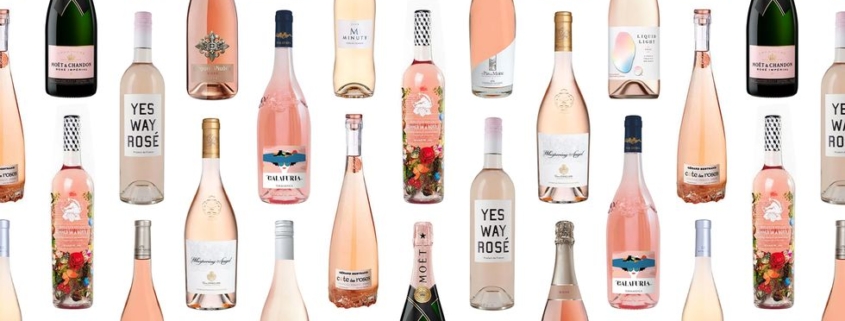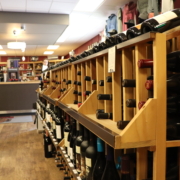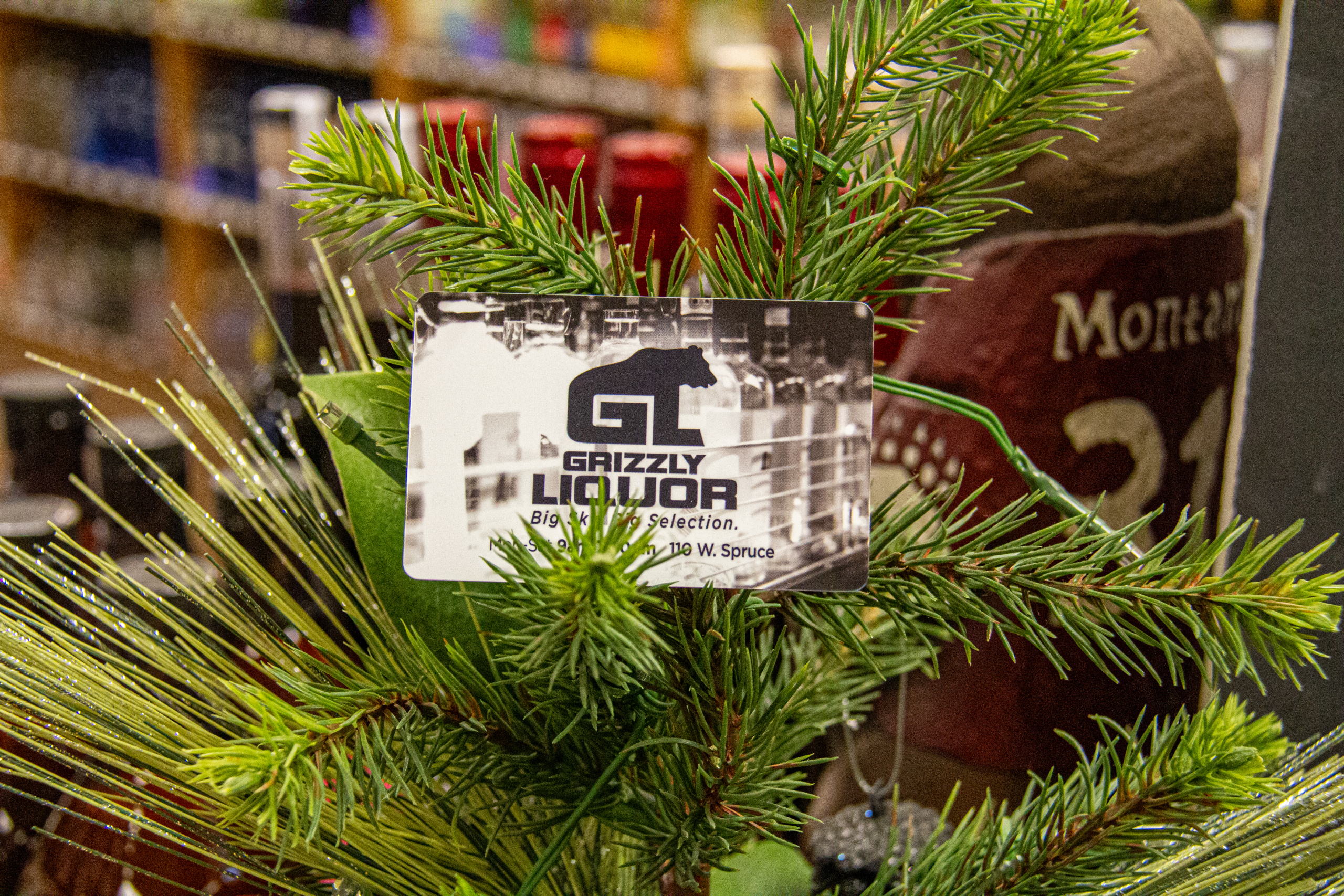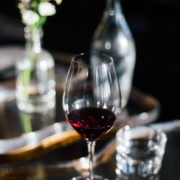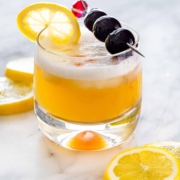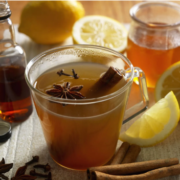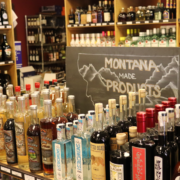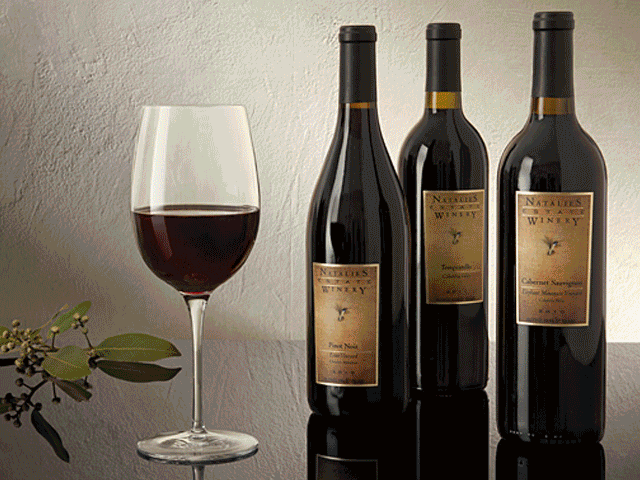Rosé is a wine that’s pinkish in color and light-bodied. It’s made by mixing white and red wines together, and its flavor can range from dry to sweet depending on how it’s made. Rosé is popular because it goes well with food but still has the same qualities as other types of wine—it can be consumed alone or paired with certain foods. If you’re wondering why people drink rosé, here are some things to know about this tasty beverage:
Rosé is a type of wine that, as you may have guessed, comes in every color under the sun. It’s not just pink though: rosé is also white and red. But it’s all rosé! The main thing to know about rosé is that it’s made from red grapes with very little to no skin contact (meaning they don’t spend very much time hanging out in contact with their skins). The result? A lighter-colored and generally less tannic wine than its counterparts on either side of its family tree—red or white.
Rosé is always pink or orange colored.
If you look at the color of the rosé, it’s obvious that it’s pink or orange. Because rosé is made by mixing red wine with white wine, there are several ways to make rosé. Rosés can be made from blending two different varieties of grapes like pinot noir and merlot or blending different varietals together (like chardonnay and sauvignon blanc). If you want to experiment with making your own rosé at home, you can certainly try mixing different wines together with no filter. But if you don’t have any experience in making wine yourself yet don’t want anything too complicated (or messy), consider buying this kit to make your own rosé or this guidebook to establish a pink way of mind by Erica Blumenthal & Nikki Huganir.
A rosé’s color determines its flavor.
The color of rosé wine is determined by how long the juice is in contact with the grape skins. The longer it’s left on there, the darker the wine will be. So, red wines start out pretty dark—just like their grape skins—and stay that way because they’re fermented to dryness (at around 16°-18°Brix) and bottled immediately. White wines aren’t fermented quite so far into dryness; their extra sugar makes them more appealing for drinking young as well as storing for later use.
Rosé can be made by mixing pinot noir, merlot, or other red wines with white wine
Rosé can be made from pinot noir, merlot, or other red wines. It can also be made with white wine grapes such as chardonnay or sauvignon blanc. In fact, rosés are often blends of both red and white wines (though they’re not always labeled as such). In most cases these are grapes that can only grow in certain climates and geographies; they might not grow at all somewhere else because they need a specific kind of soil or climate to thrive. The same goes for the rosé itself: the best ones will come from areas where those particular grapes thrive together in harmony with each other—and those areas tend to correspond with France’s Mediterranean coastline.
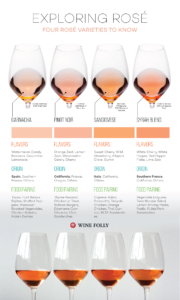 Rosé can be very different depending on how it’s made.
Rosé can be very different depending on how it’s made.
You see, rosé can be very different depending on how it’s made. Rosé can be dry, sweet or sparkling. It’s often made by blending red and white wines but there are some exceptions to the rule. Some wines will be labeled as rosé if they’re simply made with wine that has been pressed from grape skins—no blending necessary! Rosé is an incredibly versatile wine that can be enjoyed year-round. It’s delicious paired with food and it pairs well with almost any dish. If you’re looking for something new in your glass, try some rosé!
Here are some of favorites:
- Château de Trinquevedel – Travel Rosé
- K Vinters – Vino Rosé
- Alsace Willm – Cremant d’Alsace Brut Rosé
- 2012 Union Wine Co. – Underwood Rosé Bubbles
- Bodegas Pinoso – Fermina Rosé
Don’t forget to sign up for our wine club! Selection changes monthly (usually 4 red wines + a mix of white, rosé, and bubbly)

